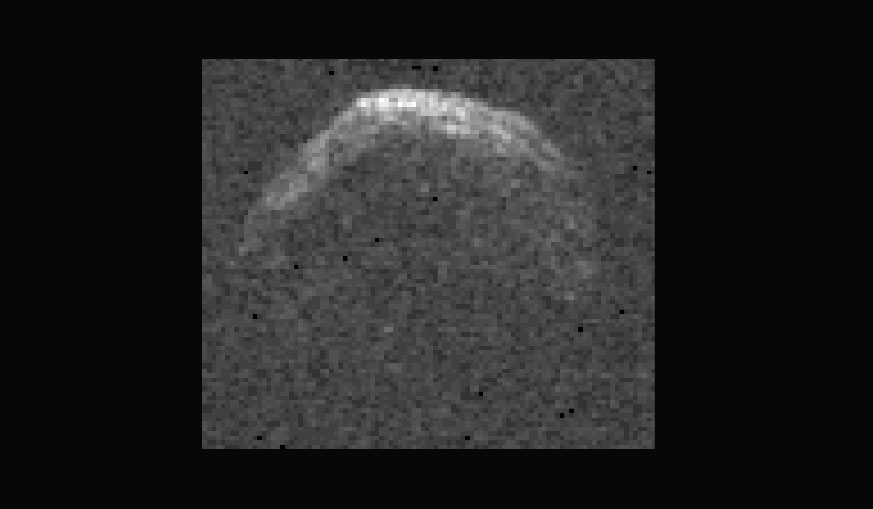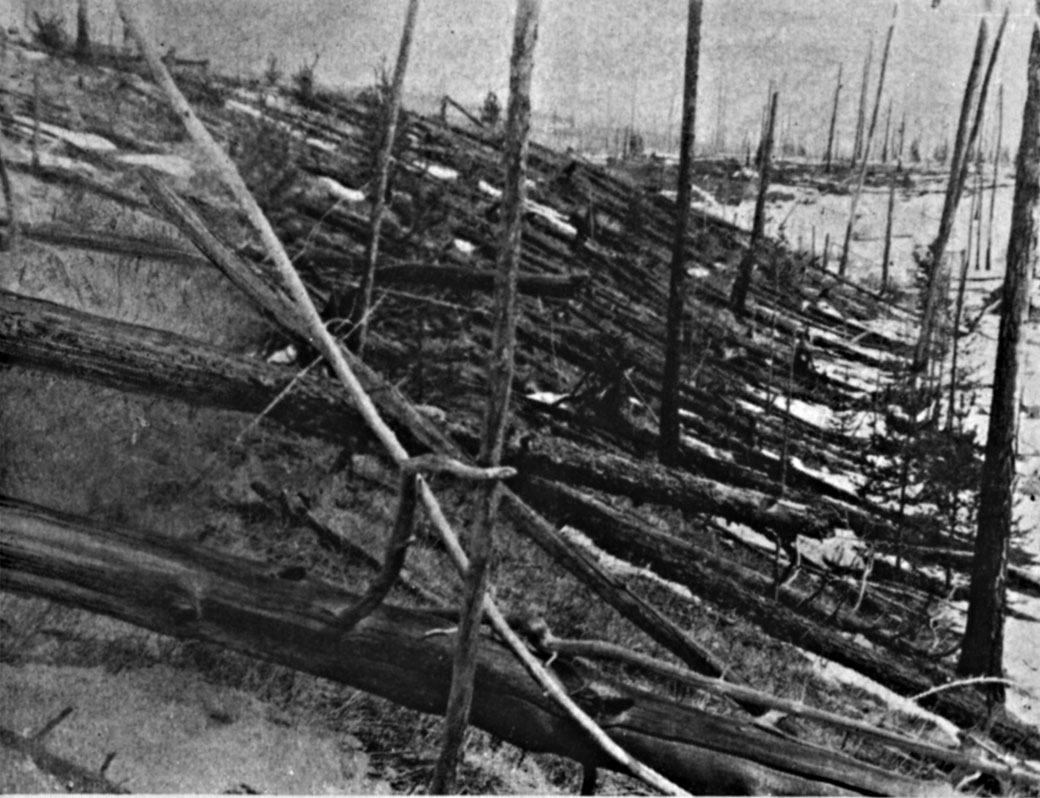TORONTO – Are we in danger of the sky falling? Yes…and no.

To date there have been about 10,000 near-Earth objects (NEO) discovered. As far as we know, very few of these pose a threat in the near future, and so far there is no evidence that any of these will collide with Earth.
But lately, there seems to be a fascination of “death from above.”
Last week it was asteroid 1950 DA. This chunk of space rock was discovered in 1950. Astronomers lost it (yes, that can happen) and then it was rediscovered in 2000. So why was it in the news again?
Several media reports circulated about this asteroid being a candidate of Earth-destroying proportions, stemming from a study by D. Farnocchia and S.R. Chesley, from the Jet Propulsion Laboratory. The study, entitled Assessment of the 2880 impact threat from asteroid (29075) 1950 DA was released on Oct. 3. When you release a report that has “impact” and “asteroid,” people tend to perk up and take notice.
Read more: Asteroid narrowly missed collsion with Earth
1950 DA is a rotating asteroid that measures roughly 1 km. All things considered, that’s not a particularly large asteroid – if it’s just going to move around in space. But if something of that size were to slam into Earth, it would cause a very big problem for us.

Get breaking National news
Yes, 1950 DA has a 33 percent chance of hitting Earth in 2880. Yes, it is one that has the most chance of hitting Earth. But that doesn’t mean it will. Let’s look on the bright side: there’s a 67 percent chance it won’t.
The Tunguska event
In 1908, a body that measured around 37 metres entered the Earth’s atmosphere over Tunguska, Siberia. The 100 million kilogram rock flew in at around 53,000 km/h and exploded in the atmosphere, releasing an amount of energy equal to about 185 Hiroshima bombs. More than 2000 square kilometres of forest had been flattened, with 80 million trees lying on their sides. The impact was reported to have sent people flying off their feet 64 km away.
What would an asteroid measuring 1 km feel like?
The destruction would be widely felt. If it were to explode over a city, the casualties would be considerable. Just keep in mind the meteor that entered the atmosphere over Chelyabinsk, Russia (they just seem to have bad luck) did: hundreds were injured. And that was only 18 metres.
And yet another asteroid made the news this week.
On Friday, it was revealed that newly discovered asteroid 2013 TV135, estimated to be about 400 metres, made a very close approach to Earth on Sept. 16, passing within about 6.7 million kilometres.
To put that in perspective, the moon orbits roughly 384,000 km from Earth. And it’s our nearest neighbour.
Astronomers have made an initial calculation that brings it back around Earth in 2032. But again, the good news is that there’s only a 1 in 63,000 chance that it will impact us. Scientists will continue to monitor and refine their calculations.
Then there was Apophis, discovered in 2004.
It was going to first pass us in 2029. If it passed within a “keyhole” – a tiny imaginary area near Earth – it would have been enough to alter its orbit and send it crashing into Earth – on Friday, April 13, 2036. Talk about a bad Friday the 13th.
Further examination has since ruled out this possibility. Close call.
The problem with determining how at-risk we are in terms of an asteroid collision is a difficult business. The sky is huge, the solar system far larger, and our galaxy enormous. When we look up at the sky, we are extremely limited in our field of view.
In order to find these potentially hazardous asteroids (PHA), telescopes need to examine a patch of sky several nights in a row in order to catch a faint point of light among thousands or millions. Fortunately there has been a program set up to try to catch these asteroids and classify them.
The fact is, there are hundreds if not thousands of these things buzzing around and some of them do sneak up on us.




Comments